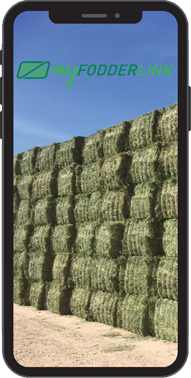Sampling techniques have a large effect on feed test values. If a representative sample is not taken, the results will not reflect the overall average composition of the product.Therefore, samples should be collected from various areas within the batch, whether that be a bunker, a bag, a stack, or a paddock.
Download the below guides on sampling your crops:


